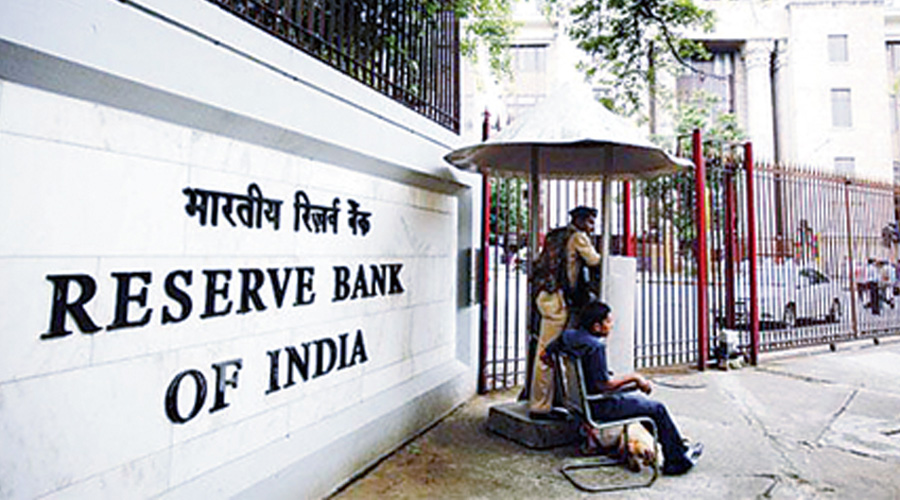Currency markets went into a brief tizzy after a media report surfaced at the start of trading suggesting that the Reserve Bank of India was ready to spend up to $ 100 billion to protect a floundering rupee.
A Reuters report, quoting a `senior source aware of the central bank thinking’, said the central bank could afford to spend even $ 100 billion more if required to defend the domestic currency.
On Tuesday, the rupee sank below the psychologically significant level of 80 against the US dollar, deepening concerns of import-dependent businesses and prompting the Centre to soothe fears by suggesting that the currencies of several advanced economies had fared worse against a rampant dollar.
The news agency said it had received no response from the central bank to a query arising from the comment by the source.
Talk of a $ 100 billion spending to defend the rupee is mind-numbing: never has the Reserve Bank of India dipped into its cash trove to protect the exchange value of the rupee.
Forex traders expressed deep scepticism about the figure – and the Reuters report did not trigger a major correction in the exchange value of the rupee. In fact, the rupee closed the day at 79.98 against the dollar with market mavens not ruling out the possibility of a fresh slide in its value next week. Some brokerages expect the rupee to fall to 80.50; others estimate that it could drop to 81 in the medium term.
One element of confusion that wasn’t resolved was whether the Reuters’ source was talking of net sales or gross sales of dollar by the RBI.
Data sourced from the RBI shows that in 2021-22, the RBI sold dollars worth $ 96.68 billion. But it also bought dollars worth almost $ 114 billion, which meant that was a net purchase of dollars worth $ 17.3 billion during the year.
The RBI has never sold or bought dollars on a net basis on a scale of $ 100 billion. If the comment was about gross dollar sales, then it doesn’t amount to a significant increase over last year’s level.
One major cushion for the RBI is the foreign exchange reserves of $ 580.25 billion – which is adequate to cover 10 months of imports in the current year even though it is down sharply from the level of $ 642 billion in September last year.
During the week ended July 8, forex reserves declined by $ 8.02 billion possibly on account of the RBI’s intervention in the exchange market.
“The RBI has consistently maintained that its main objective is to smoothen volatility and that it does not target any specific value of the rupee. With over $ 60 billion of reserves already shaved off, the RBI will be judicious while intervening in the spot markets. It will not like to go to a level where the import cover comes down to 8 months,” said an analyst with a domestic forex advisory firm.
The analyst added that while the RBI has enough firepower to protect the rupee, it may also come up with other steps to bring in more dollars if the pressure on the rupee continues.
In May, the RBI’s net dollar purchases in the spot market amounted to a little over $ 2 billion, up from $ 1.97 billion in the previous month. Market sources said that it stepped up the intervention from June and this could be learnt once the data is released in its August bulletin.











